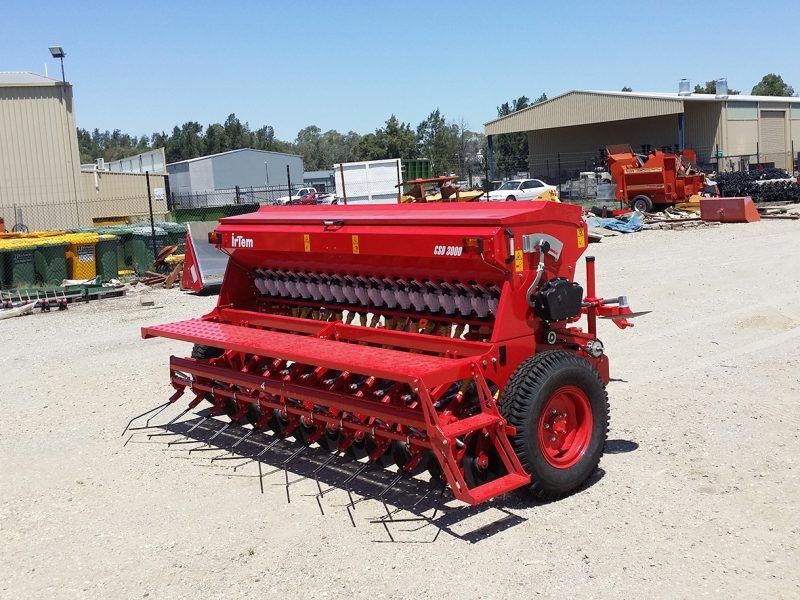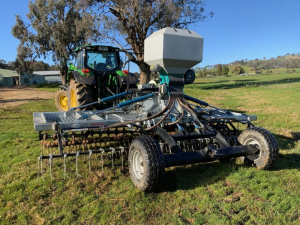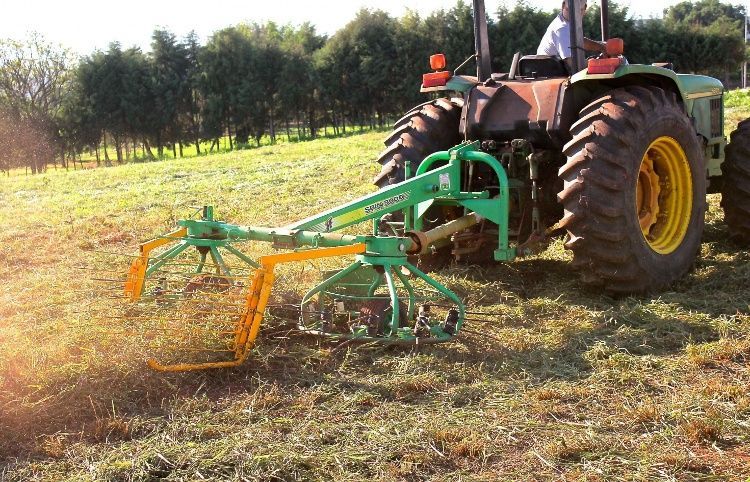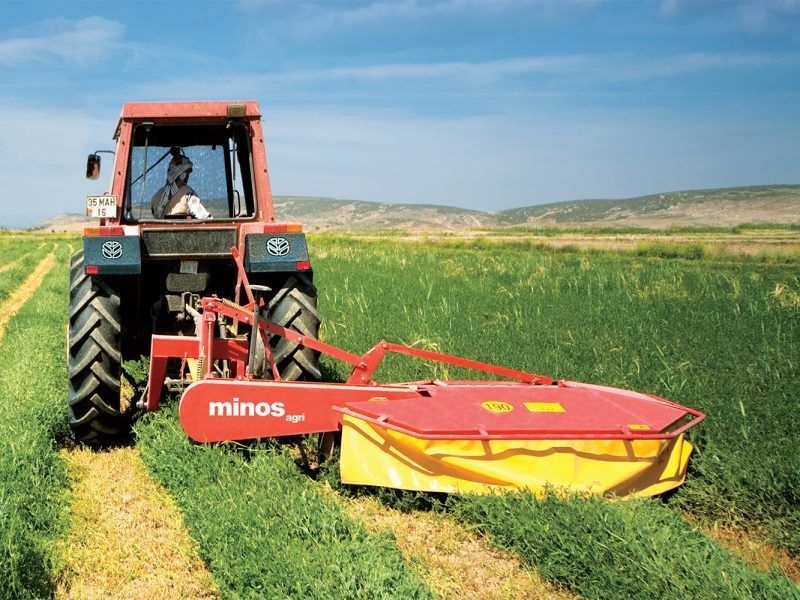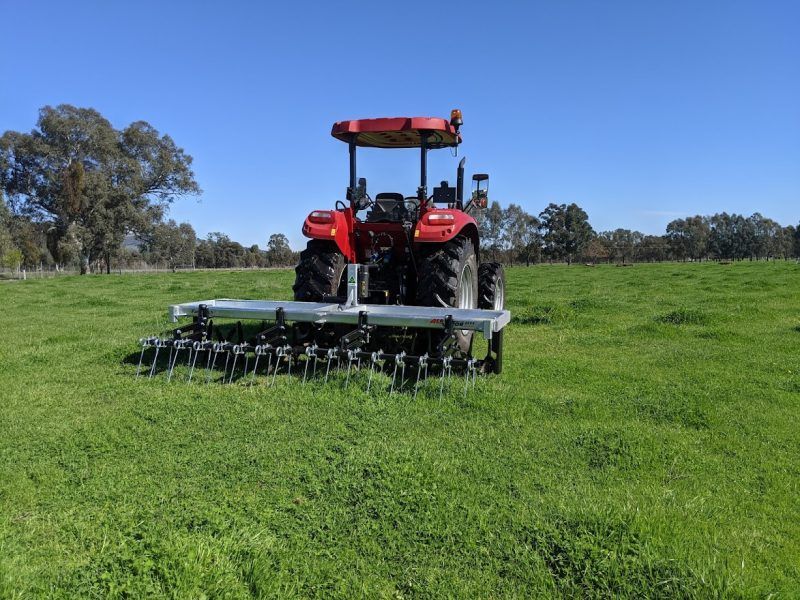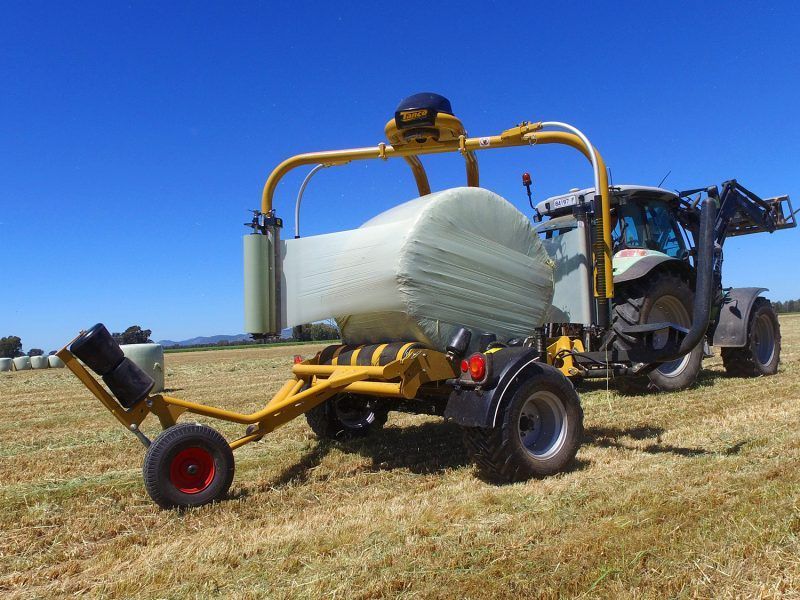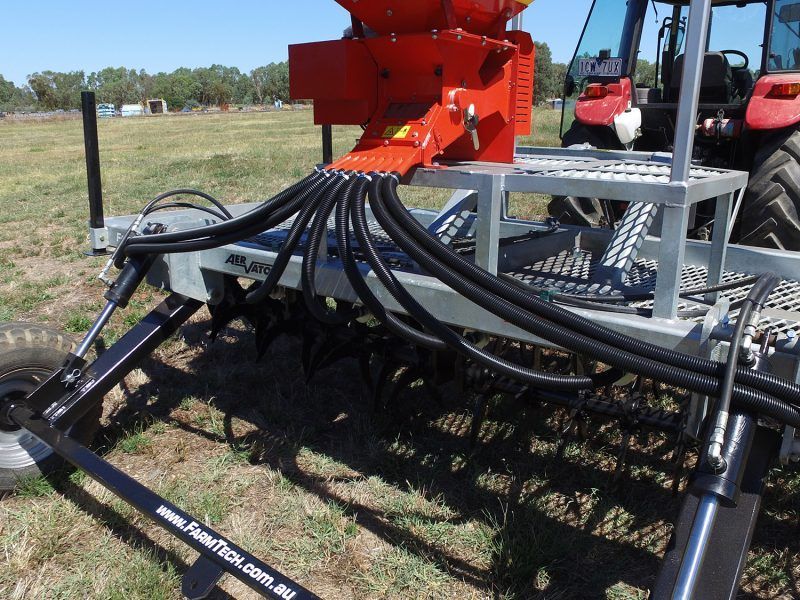Different Types Of Manure Spreaders and Calibration
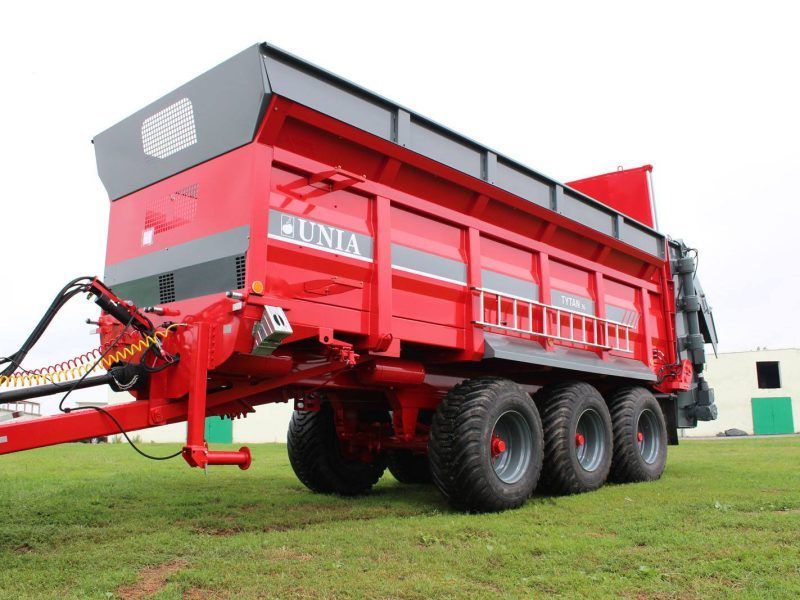
Manure spreaders are used to apply manure uniformly, effectively and consistently from load to load. Having the right selection and calibration of the manure spreader ensures the optimal use and functionality of the manure.
There are a variety of spreader systems available with different calibration methods. However, manure application systems usually fall into one of the three categories:
- Solid manure systems that store, move and spread manure on soil
- Liquid manure systems that apply manure to your soil’s surface
- Liquid manure systems that inject manure into your soil, below the surface
Part of manure management is knowing how much manure is being spread. Knowing the amount of manure spread at a planned rate helps plants nutrients and allows you to adjust the amount of fertiliser needed.
It’s important to remember to spread your manure as evenly as possible. This avoids your field getting excessive nutrients while other parts may not be getting enough. This also prevents any accumulation of excess nutrients in your fields.
Manure application systems
Solid Manure Systems
Solid manure is when manure that contains greater than 20% solids by weight. Typically, solid manure and semi-solid manure are mainly handled by tractor-pulled or truck-mounted box spreaders.
These box spreaders vary in capacity, ranging from two to twenty tons of manure is distributed with the help of a dispensary mechanism out the rear of the spreader.
Some types of solid spreaders include: flail, slide discharge and spinner spreads.
Flail spreaders are commonly used for drier manures and chain flails help to handle manures with different moisture levels, by separating them out the sides of the spreader.
Side discharge spreaders use augers within the hoppers to move the manure towards a rotating panel where the manure is moved evenly as the tractor moves forward.
Spinner spreaders use similar designs to hopper spreaders except for the spinning disks at the rear of the auger.
Liquid Manure Systems
Liquid manure systems are for manure that contains less than 10% solids. A tank wagon with splash plates is used to surface the manure. Often, this type of method leads to a non-uniform spreading with a lot of odour. But there are several types of attachments you can use to improve the uniformity and tanker performance.
Brooms can be added to the dispenser with nozzles and drop hoses to help distribute a more uniform and odourless layer.
Other types of applications include direct injection or immediate incorporation of manure into the soil. These spreaders are becoming quite popular in the dairy industry. These spreaders achieve greater manure use and reduce nutrient loss from volatilisation, runoff and odour.
Calibration
Depending on what type of menu spreader system you use, different calibration methods need to apply to guarantee your system is operating to its fullest potential.
Calibration means you have the correct amount of nutrients being delivered to your crops. If you aren’t calibrating your spreader you run the risk of not applying the nutrients effectively.
Choosing the right manure spreader
Whether you’re thinking of purchasing a manure spreader for the first time or are looking to replace an existing machine, picking the right one for your needs is essential.
At Farmtech, we provide the best agricultural machines. We pride ourselves on the value and quality of our manure spreaders.
So if you’re looking for a new manure spreader, have a browse at what we have to offer! If you’re interested in learning more about any of our machines for sale or have any questions, don’t hesitate to give us a call at (02) 60001987 or get in contact with us at sales@farmtech.com.au.
You can learn more about aeration and seeding systems



